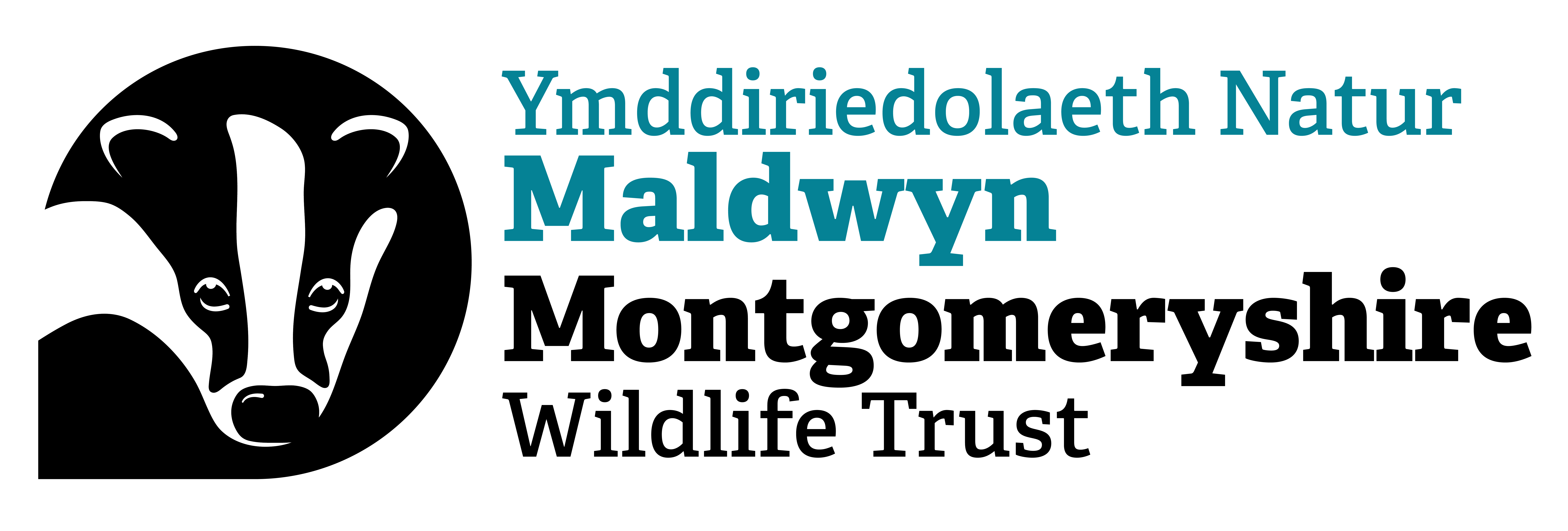Search
Chwilio
Coniferous plantation
Dark and brooding from a distance, the strong geometric lines and monotonous rows of uniformly sized trees can jar the eye and seem devoid of wildlife. But venture within and open ride edges,…
Rocky habitat
Rocky habitats are some of the most natural and untouched places in the UK. Often high up in the hills and hard to reach, they are havens for some of our rarest wildlife.
Upland acid grassland and rush pasture
These grasslands, occupying much of the UK's heavily-grazed upland landscape, are of greater cultural than wildlife interest, but remain a habitat to some scarce and declining species.
Gweirloynod y Cloddiau
The wall brown or 'wall' gets its name from the fact it rests on any bare surface or wall! It can be found in open, sunny places like sand dunes, old quarries, grasslands and railway…
Common eelgrass
This seagrass species is a kind of flowering plant that lives beneath the sea, providing an important habitat for many rare and wonderful species.
Lesser sea-spurrey
Traditionally a coastal species, Lesser sea-spurrey has spread inland, taking advantage of the winter-salting of our roads. Its pink-and-white flowers bloom in summer.
Wetlands
Teeming with insects, rich in plants and a haven for mammals, wetlands offer an unforgettable experience. They play a vital role in supporting wildlife, purifying water and capturing carbon.
Volunteering - people engagement
Rivers
From otters to freshwater shrimps, all animals are dependant on an abundant and reliable supply of clean water. Rivers sustain the natural environment, wildlife and people in equal measure.
Make a donation
Bird Group Talk by Charlotte Griffiths - Cudyll Cymru: monitoring raptors in Wales
Find out how a citizen science project run by the BTO is working to get wildlife lovers involved in monitoring raptors in Wales
